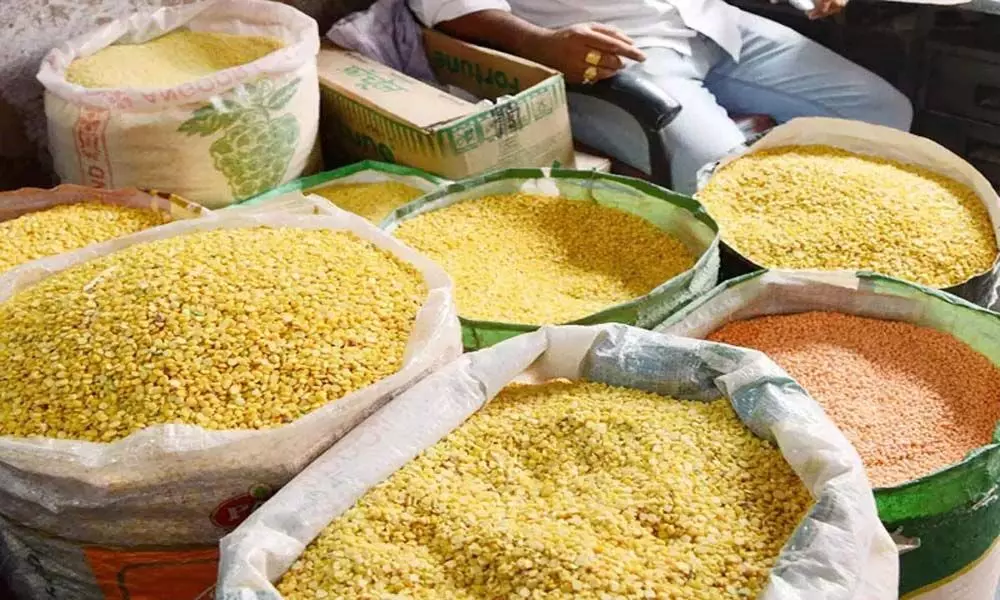India's free foodgrain scheme helped cap rise in extreme poverty to 0.86% in 2020: IMF
image for illustrative purpose

Extreme poverty in India edged up by only a marginal 10 basis points in 2020 to 0.86 percent, thanks to the government's free foodgrain programme, an International Monetary Fund (IMF) working paper has said.
Extreme poverty—defined by the World Bank as those living on under $1.9 a day in 2011 Purchasing Power Parity terms—was 0.76 percent in India in 2019. This rose only to 0.86 percent in 2020 amid the coronavirus pandemic because of the free foodgrain scheme, the paper Pandemic, Poverty, and Inequality: Evidence from India says.
Authored by economists Surjit Bhalla, Karan Bhasin and Arvind Virmani, the paper does not necessarily represent the views of the IMF, its executive board, or management.
The cabinet in March extended the Pradhan Mantri Garib Kalyan Anna Yojana by another six months. Launched in March 2020 as the country went into a lockdown to curb the spread of coronavirus, the government would have spent Rs 3.40 lakh crore on the free foodgrain scheme by September to ensure no poor household is left hungry as the economy recovers from the pandemic.
Refuting previous studies that estimated 3.2-23 crore Indians fell into extreme poverty in 2020, the paper includes the impact of the pandemic-support measures announced by the government to arrive at its conclusions.
Arguing that "in-kind transfers", such as those of food, have been key aspects of India's redistributive policy since the early 1980s, the paper says these transfers lower the money spent by households on items supplied free or at subsidised rates. As such, adjustments are needed to find reliable estimates of poverty.
"The expansion of India's food subsidy program rather than increasing cash transfers enabled the government to provide for free food as per the average monthly requirement to all those who were entitled to purchase the same from the PDS (Public Distribution System) system," the paper says.
"Subsequently, the doubling of entitlements in 2020 helped maintain extreme poverty at the low 0.8 percent level," it added.
Assuming a higher poverty line of $3.2 a day in 2011 Purchasing Power Parity terms, the paper found India's poverty rate increased by 330 basis points to 18.1 percent in 2020, which would amount to 4.4 crore people for a country with a population of 134 crore.
"There are several other in-kind transfers such as the LPG (liquified petroleum gas) subsidy and subsidy for use of electricity. In addition, there are asset transfers in the form of financial support for construction of toilets and affordable housing. These programs are provided by both Union and state governments in addition to providing public goods... Further research is warranted to estimate the impact of the welfare stack on the incidence of poverty," Bhalla, Bhasin and Virmani say.
Bhalla, a former part-time member of the Prime Minister's Economic Advisory Council, is the IMF's executive director for India, Bangladesh, Bhutan, and Sri Lanka.
While Bhasin is a New York-based economist, Virmani is the chairman of the Foundation for Economic growth and Welfare and has previously served as the chief economic adviser to the Indian government.

